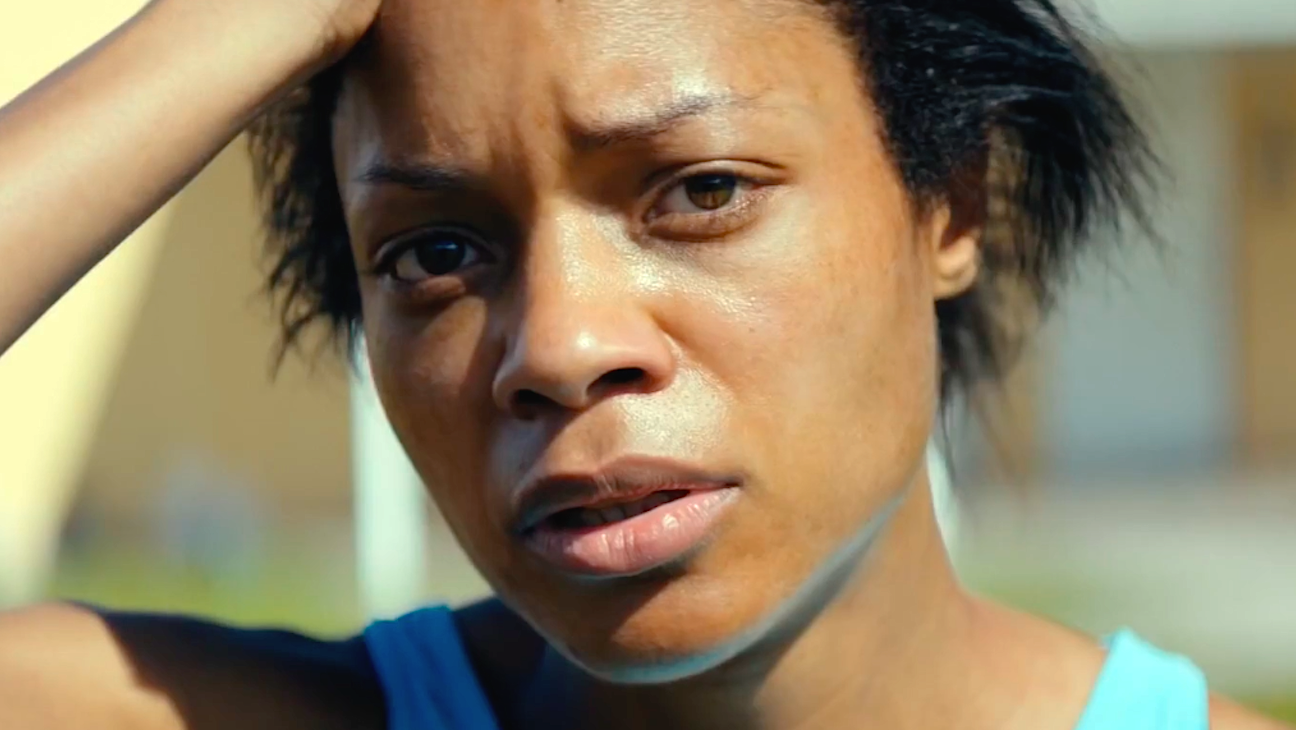Even if you haven’t seen Barry Jenkins’ sophomore feature ‘Moonlight’, you’ll probably be aware of the now legendary Academy Awards mix-up in 2016, that saw the gong for Best Picture mistakenly given to Damien Chazelle’s ‘La La Land’, instead of the rightful winners, ‘Moonlight’.
 Image credits © A24
Image credits © A24
The mistake is perhaps fitting for a movie that was not designed or destined for Oscar success. The release came at a time when the Oscars were being criticized for not recognising the contributions of filmmakers from ethnic minority backgrounds, with the #OscarsSoWhite campaign circling, and during the year when the Black Lives Matter movement accelerated momentum, raising awareness of racial injustices across America and beyond.
‘Moonlight’ is a movie that brought a deepened significance to contemporary issues almost by accident, and the unintentional confusion at the Oscars can be seen to reflect the essence of this underdog movie and its lasting importance.
 The New York Times.jpg) Image credits © The New York Times
Image credits © The New York Times
Loosely adapted from Tarell Alvin McCraney’s unproduced theatre play ‘In Moonlight Black Boys Look Blue’, ‘Moonlight’ was shot across a mere 25 days, and with a relatively minuscule budget of $1.5 million. Despite the odds, and its humble origins, the film emerged as not only the Best Picture of 2016, making it the first and only winner of the coveted award made with an all-Black cast, but also one of the Best Pictures of the decade.
Jenkins’ masterpiece is a triptych symphony, which follows the life of a young man in three phases of his development. At each stage, our protagonist is given a different name, reflecting the identities he assumes, and which are forced upon him, throughout his life. As a child he is ‘Little’ (Alex Hibbert), a quiet, lonely youngster with heart, energy and a talent for dancing. In his teenage years he is ‘Chiron’ (Ashton Sanders), the awkward adolescent who desperately tries to escape the bullying he faces at school, and the damaging neglect of his mother (Naomie Harris) at home. As an adult, he is ‘Black’ (Trevante Rhodes), a hardened trapper who has left behind his past and re-built himself from the ground up, forging himself into a stereotypical image of Black masculinity; erasing the parts of himself, namely his sexuality, that refused to fit into that narrow box. Speaking about masculinity, vulnerability, and race, Jenkins said:
 Dazed.jpg) Image credits © Dazed
Image credits © Dazed
Identity, and who gets to define it, are the core themes of the movie, as well as vulnerability and its erasure. By the time Chiron has grown into ‘Black’, we feel that he has turned into the man he felt he had to be, rather than the man he could have been, inhabiting the contradictions and restrictions of his home environment. The beauty of the film’s structure is that it shows us how a character like ‘Black’ is formed by his experience, and how beneath a hardened exterior often lies a world of pain and repression. For Jenkins’, it is the universality of this experience that is at the film’s centre:
 Metacritic.jpg) Image credits © A24
Image credits © A24
What is astonishingly clear from ‘Moonlight’ is that Jenkins is a director with an innate understanding of the visual language of cinema, even at this early point in his career. Chiron is a quiet figure, whose character is expressed far more often through action than through speech. ‘Moonlight’ is a story told primarily visually and almost silently, most of the time, providing a visceral portrayal of Chiron’s experience. Performances are strong across the board, proving not only the talent of Jenkins’ well-selected cast, but also his own skill in communicating his vision. Naomie Harris stands out as the tortured and torturing mother, Paula; whose character is the connecting force between the different phases of Chiron’s life.
 Image credits © A24
Image credits © A24
Cinematographer James Laxton creates a rich, textured and overly-saturated visual aesthetic, which is unusual for a film concerned with social realism. The dream-like quality of the visuals is evocative of a Terrence Malick or Wong Kar-Wai production, and the look of ‘Moonlight’ remains gritty and realistic without reverting to the typical documentary style of most social realist indies. The camerawork is immersive and often mobile, utilizing Steadicam and handheld techniques to place the audience inside the ceaselessly changing world of the protagonist. Chiron struggles to get a grip on his environment, and anchor his identity down, and the camera’s circling and sometimes surreal movements often reflect this.
 British Cinematographer.jpg) Image credits © The British Cinematographer
Image credits © The British Cinematographer
The film was shot on the ARRI Alexa XT in Pro Res 444 using Vantage Hawk Scope and Kowa anamorphic lenses, which gives the film a wide-angle aesthetic and a feeling of scope and space. The shots have a breadth to them which often highlights Chiron’s loneliness within the frame; he is isolated within the vastness of the camera’s view, which often traps him between road lines or enclosed spaces.
 A24.jpg) Image credits © A24
Image credits © A24
Laxton has spoken about finding a balance between differentiation and continuity, visually, across the three chapters of the film, wanting them to feel coherent and not like three separate short stories:
(*LUT = ‘look-up table’. A mathematical formula which allows filmmakers to save particular colour grades as templates and presets.)
The film is enhanced by a poetic quality which makes use of recurring visual and metaphorical motifs, including those of light and water. The ocean that Chiron returns to so many times throughout the film symbolizes his identity, which is both in flux and yet constant throughout his development, and provides the undercurrent to the film’s constant vacillations.
 British Cinematographer2.jpg) Image credits © A24
Image credits © A24
Nicholas Britell’s haunting, minor-key melodies of scattered strings and piano sounds provide an impending sense of doom, but also yearning, to the film’s images. The unforgettable score is interspersed with impeccably chosen pieces of pop music, ranging from brash southern hip-hop to 60s soul solos like Barbara Lewis’ ‘Hello Stranger’.
 TIME Magazine.jpg) Image credits © TIME
Image credits © TIME
‘Moonlight’ would be a masterpiece even if it wasn’t made on a small budget, by a relatively new filmmaker in such a short space of time, and is a symbol of what can be done in the medium of filmmaking with enough passion, authentic vision, and talent. Jenkins has spoken about how surprised he was that the film reached such a huge audience, and resonated with people from all walks of life in such a long-lasting way. He credits much of the film’s success to its personal touch, and had this advice for any young filmmakers starting out on their careers:
What is your take on Barry Jenkins’ second feature? Will you be watching, or re-watching ‘Moonlight’ to celebrate the anniversary of its release? Let us know what you think by commenting on social media, and sharing this article with a friend!

